
Rapid City, South Dakota flood damage

Rapid City, South Dakota flood damage

Rapid City, South Dakota flood damage

Rapid City, South Dakota flood damage

Rapid City, South Dakota flood damage

Rapid City, South Dakota flood damage
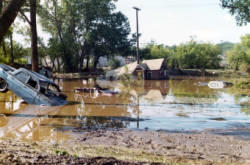
Rapid City, South Dakota flood damage

Rapid City, South Dakota flood damage

Rapid City, South Dakota flood damage

Rapid City, South Dakota flood damage
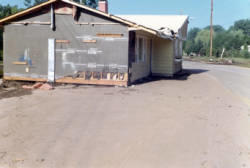
Rapid City, South Dakota flood damage

Rapid City, South Dakota flood damage

Rapid City, South Dakota flood damage

Rapid City, South Dakota flood damage
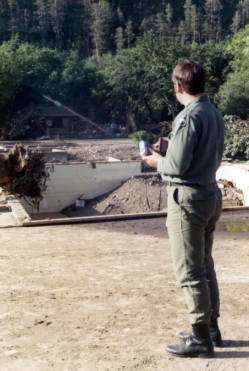
Rapid City, South Dakota flood damage

Rapid City, South Dakota flood damage

Rames, William

Railway station in Saolin in northern China in 1924

Putnam, Erna
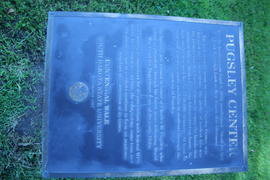
Pugsley Center Plaque

Pugsley Center

Professor N.E. Hansen, undated

Professor N.E Hansen on the horticulture grounds at South Dakota State College, undated

President Richard Nixon addressing Congress

Preheim, Henry

Powerlines on the Trans-Siberian Railway enroute to Saolin in northern China in 1924
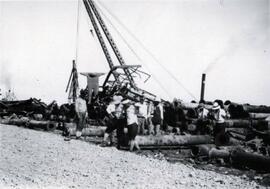
Porters lifting iron pipes at the port on Tokyo Bay at Yokohama, Japan in 1924

Point on the Inland Sea in Japan in 1924

Poetry Reading at the South Dakota Art Museum

Plant specimen: Saxofragaceae Dumort. Ribes manshuricum (Max.) Kom
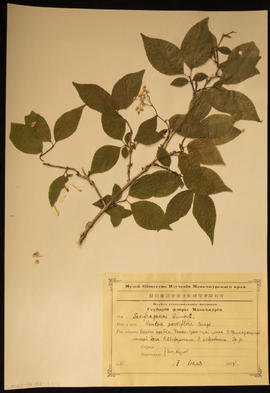
Plant specimen: Saxifragaceae Dumort. Deutzia parviflora Bunge

Plant specimen: Rosaceae B. Juss. Spirea media Schmidt

Plant specimen: Rosaceae B. Juss. Spirea Chamaedrifolia L. Common name germander meadowsweet or elm-leaved spirea
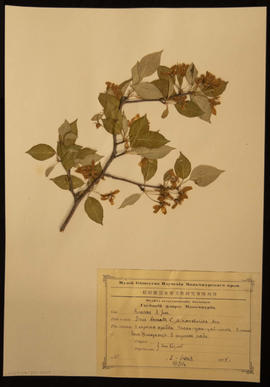
Plant specimen: Rosaceae B. Juss. Spirea Chamaedrifolia L. Common name germander meadowsweet or elm-leaved spirea
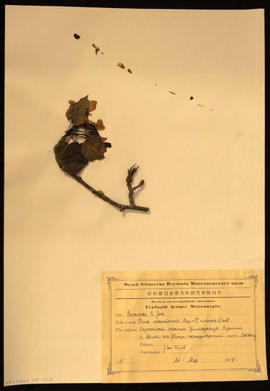
Plant specimen: Rosaceae B. Juss. Pyrus ussuriensis Max =P. Sinensis Lindl.

Plant specimen: Rosaceae B. Juss. Prunus padus L.

Plant specimen: Rosaceae B. Juss. Micromeles alnifolia Koehne
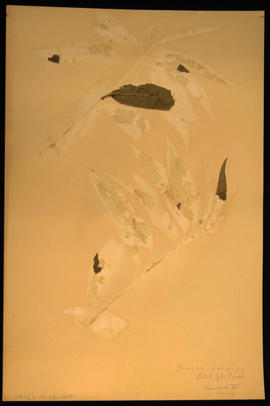
Plant specimen: Prunus persica. Dbl. fl. Peach. Kaises VII.
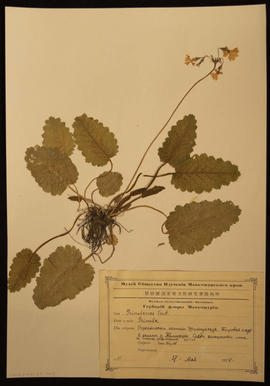
Plant specimen: Primulaceae Vent. Primula.

Plant specimen: Pinus pungens, also called Table Mountain Pine, hickory pine, prickly pine or mountain pine.
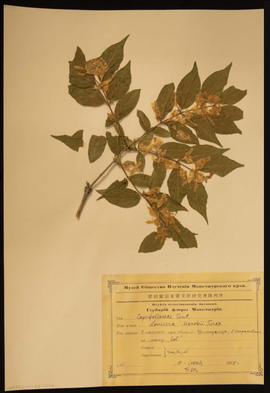
Plant specimen: Caprifoliaceae Vent. Lonicera Maackii Turcr.
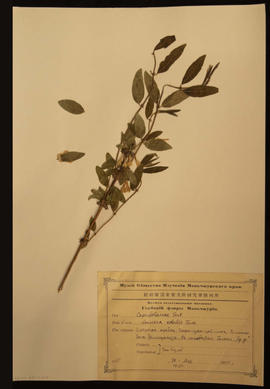
Plant specimen: Caprifoliaceae Vent. Lonicera edulis Turcr. Plant specimen from the honeysuckle family
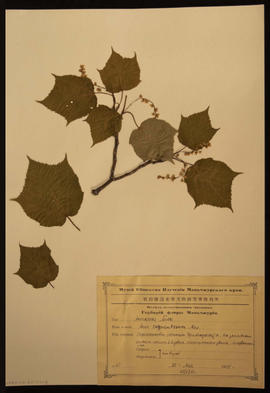
Plant specimen: Aceraceae Neck. Acer Tomentosum Max. Plant specimen from the maple family
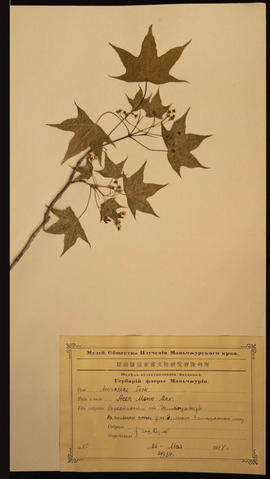
Plant specimen: Aceraceae Neck. Acer Mons Max. Plant specimen from the maple family

Plant specimen: Aceraceae Neck. Acer Mairunduense ? et Mey. Plant specimen from the maple family

Plant specimen: Aceraceae Neck. Acer Ginnala Max. Plant specimen from the maple family

Plant Science Laboratories
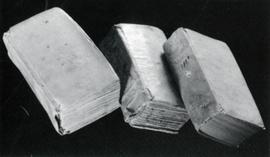
Pietro della Vale

Pierson Hall

Physiology Laboratories
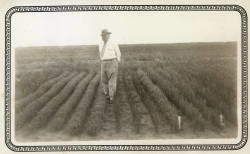
Photograph, Front

Photograph, Back

Petik, Evelyn

Peterson, Orville K.

Performing Arts Center

People at an event

People at a campground

Pear tree in the mountains at Saolin in northern China in 1924
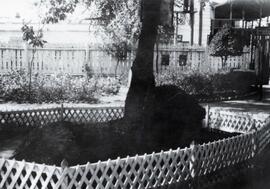
Park in Harbin, China in 1924

Park in Harbin, China in 1924
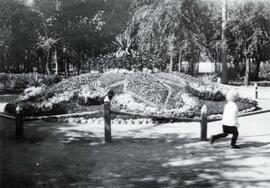
Park in Harbin, China in 1924

Park in Harbin, China in 1924

Park in Harbin, China in 1924

Park in Harbin, China in 1924

Park in Harbin, China in 1924
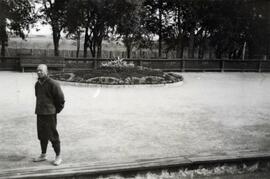
Park in Harbin, China in 1924

Panek, Agnes

Page 1

Orran Hofstetter and Congressman Frank Denholm in 1974

Ornate store sign in Manzhouli, Manchuria in northern China in 1924

Ornate building in Manzhouli, Manchuria in northern China in 1924

Opdahl, Harold N.

Olson, Lillian

Olson, Ernest C.

Old North
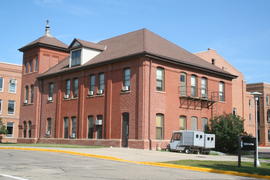
Old Horticulture Building
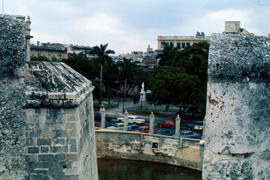
Old Havana, Cuba

Old Havana, Cuba

Old Havana, Cuba
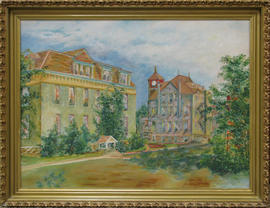
Oil Painting of Old North and Old Central

O'Banion, W.J., Mrs.

Oak Lake Writers' Society Poster

Oak Lake Writers' Society History

Oak Lake Writers' Society By-laws

Oak Lake Writers' Retreat

Oak Lake Writers' Retreat

Oak Lake Writers Press Correspondence

Oak Lake Writers Dialogue Questions

Oak Lake Tribal Writers' Retreat Schedule

Oak Lake Tribal Writers' Retreat Announcement

Oak Lake Retreat Mentors
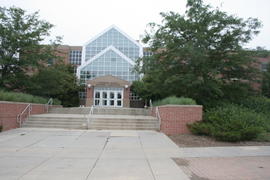
Northern Plains Biostress Laboratory

Norman, Roy

Nold, Mary E.

Nelson, Ruth E.
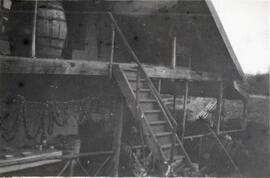
N.E. Hansen's headquarters while conducting pear research at Saolin in northern China in 1924

N.E. Hansen's headquarters while conducting pear research at Saolin in northern China in 1924

N.E. Hansen's headquarters while conducting pear research at Saolin in northern China in 1924

N.E. Hansen's assistants gather specimens in their search for hardy peach trees in northern China in 1924

N.E. Hansen's assistants begin a search for hardy peach trees in northern China in 1924






































































































